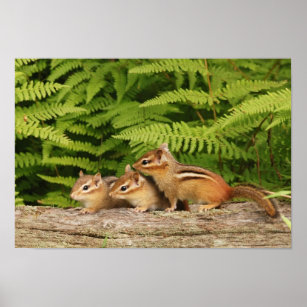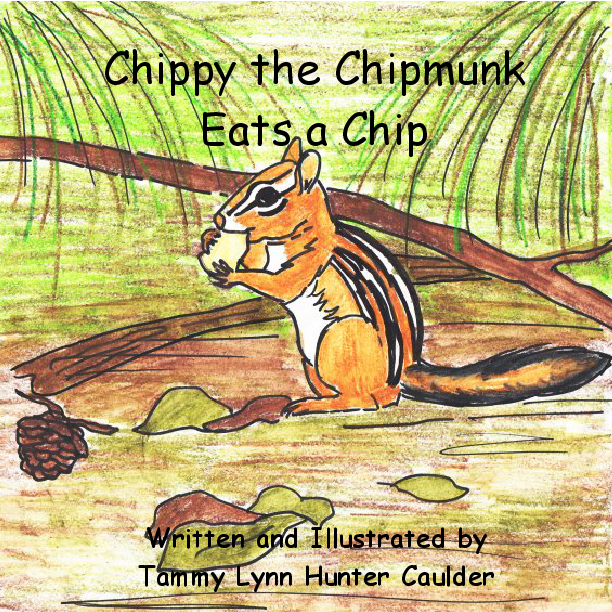
The sleeping quarters are kept clear of shells, and feces are stored in refuse tunnels. Ĭhipmunks construct extensive burrows which can be more than 3.5 m (11 ft) in length with several well-concealed entrances. They consume many different kinds of fungi, including those involved in symbiotic mycorrhizal associations with trees, and are an important vector for dispersal of the spores of subterranean sporocarps (truffles) which have co-evolved with these and other mycophagous mammals and thus lost the ability to disperse their spores through the air. Their activities harvesting and hoarding tree seeds play a crucial role in seedling establishment. These small mammals fulfill several important functions in forest ecosystems. The young emerge from the burrow after about six weeks and strike out on their own within the next two weeks. Western chipmunks breed only once a year. Ecology and life historyĮastern chipmunk at the entrance of its burrowĮastern chipmunks, the largest of the chipmunks, mate in early spring and again in early summer, producing litters of four or five young twice each year.

Cheek pouches allow chipmunks to carry food items to their burrows for either storage or consumption. They mostly cache their foods in a larder in their burrows and remain in their nests until spring, unlike some other species which make multiple small caches of food. At the beginning of autumn, many species of chipmunk begin to stockpile nonperishable foods for winter.


Chipmunks mostly forage on the ground, but they climb trees to obtain nuts such as hazelnuts and acorns. Around humans, chipmunks can eat cultivated grains and vegetables, and other plants from farms and gardens, so they are sometimes considered pests. They will also occasionally eat newly hatched baby birds. They also commonly eat grass, shoots, and many other forms of plant matter, as well as fungi, insects and other arthropods, small frogs, worms, and bird eggs. An eastern chipmunk placing food in its cheek pouchĬhipmunks have an omnivorous diet primarily consisting of seeds, nuts and other fruits, and buds.


 0 kommentar(er)
0 kommentar(er)
